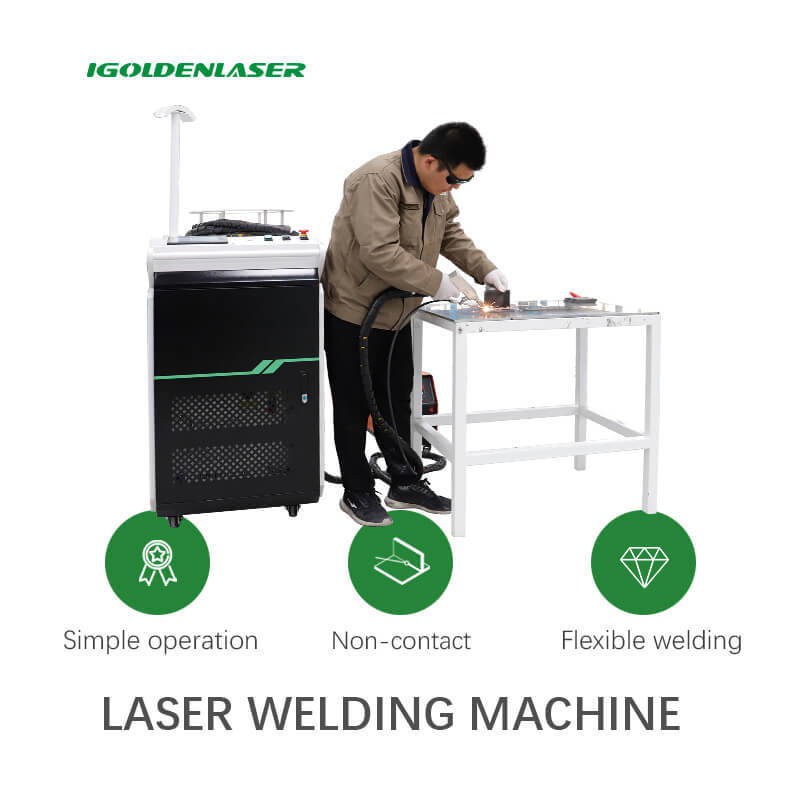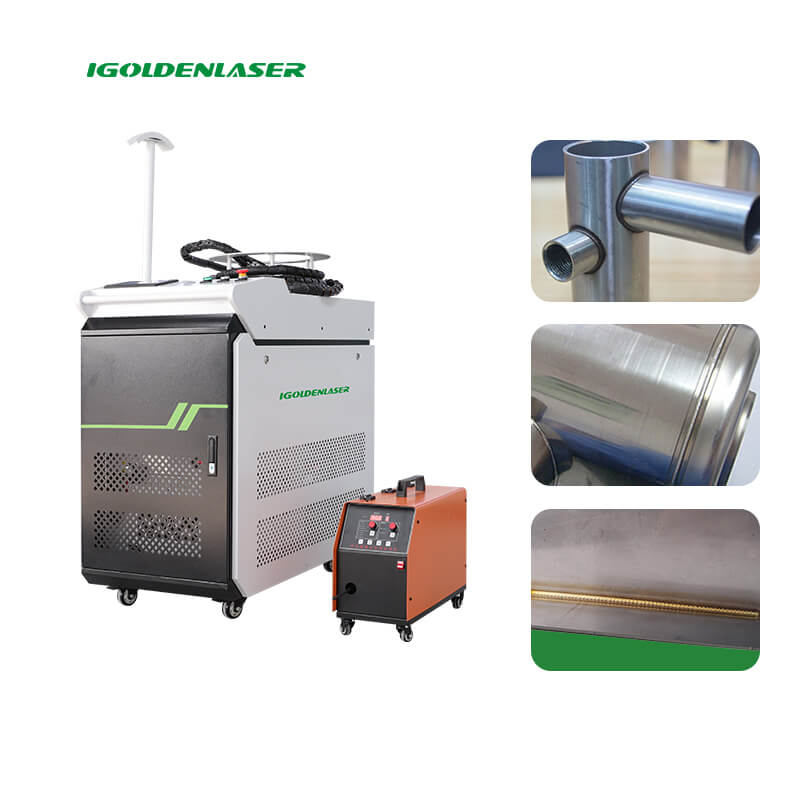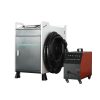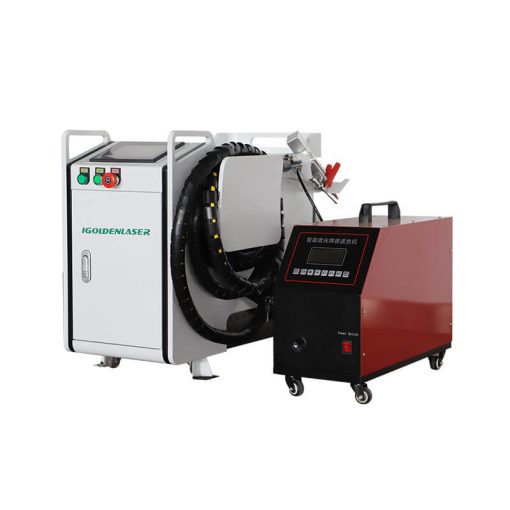IGCL-HW(1000w-3000w)
Handheld Laser Welding Machine
Handheld Fiber Laser Welding Machine features the best fiber laser beam, high welding speed and high quality welding seam without consumables.
The handheld laser welder is used for welding carbon steel, stainless steel, aluminum, brass, copper, iron, silver, gold, and more sheet metals and metal tubes. The portable handheld fiber laser welding machine will take over the traditional argon arc welding, MIG & TIG welding, and electric welding.
Hand-held welding is mainly aimed at laser welding of long-distance and large workpieces. It overcomes the limitation of the worktable’s stroke space. The heat-affected area during welding is small, and it will not cause work deformation, blackening, and traces on the back. The welding depth is large. It is firm and fully melted.





































Reviews
There are no reviews yet.